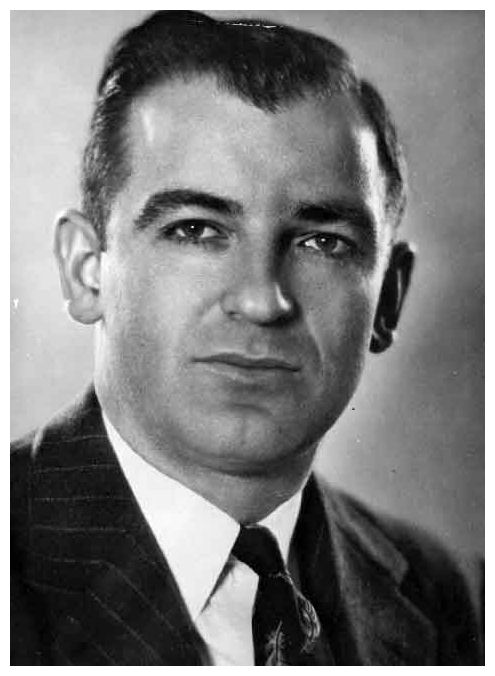Television’s Very First Scandal
by admin - December 6th, 2017
Television’s Very First Scandal
By Emily Clemente

Pictured above is a contestant featured on another popular quiz show, Beat the Clock, in which he has to perform a certain task within a certain time limit, counted down on a 60-second clock
Although there were several popular quiz shows, one of the more popular ones was The $64,000 Questions. This show offered a money prize ranging in values from $64 to $64,000. Dunar claims, “$64,000 was a staggering figure in the fifties, and the fact that contestants could win it only by risking double or nothing after reaching the $32,000 level created scintillating tension, heightened by confinement in an onstage ‘isolation booth’ for the final, most lucrative questions” (Dunar 248). The success that The $64,000 Question generated sparked the production of other game shows. One game show, The $64,000 Challenge, was meant to imitate The $64,000 Question. These two particular game shows were first and second in the ratings at one point in time. These game shows became such big hits among people that, “In the summer of 1957, five of the top eight television shows were quiz shows” (Dunar 248). Despite the fact that these game shows generated great success, they also proved to be scandals.
As a result of the fact that these game shows had strong ratings, producers continued to try to improve their game shows. The producers utilized certain methods in order to keep their ratings high. The game shows required successful contestants to return weeks in a row in order to boost their winnings. By having the same guests continually star on the show, these guests received some fame. Producers also tried to have the most attractive contestants return to play on the show. Producers also utilized other methods to boost ratings. For example, some producers would ask “practice” questions that were later used on the game show when it aired. Cheating became a more common practice among contestants on the show. Dunar says, “Managers coached contestants in facial expressions and body language that heightened suspense, and fed them answers” (Dunar 249). The use of these methods by producers is why these game shows were regarded as scandals. Individuals speak to specific instances of scandal in this article. The managers and producers of these quiz shows rigged the games.
As a result of the rumors that these shows were scandals, they were investigated. Dunar states, “To many Americans, the quiz show scandal symbolized a betrayal of public trust on a grand scale, the end of an age of innocence” (Dunar 249). There were many different events that took place that changed the view that Americans had on the quiz shows. The quiz shows were first regarded as popular; however, toward the end of the decade, Americans realized that these game shows were total scandals.
Works Cited
Dunar, Andrew J. America in the Fifties. Syracuse University Press, 2006.
Tedlow, Richard S. “Intellect on Television: The Quiz Show Scandals of the 1950s.” American Quarterly. 28.4 (1976): 483-495. JSTOR. Web. 30 November 2017.
Venanzi, Katie. “An Examination of Television Quiz Show Scandals of the 1950s.” The Beat Begins: America in the 1950s, 1997, www.plosin.com/beatbegins/projects/venanzi.html.
“The $64,000 Question.” The $64,000 Question: Old Memories, www.skooldays.com/images/pt1490.jpg.








